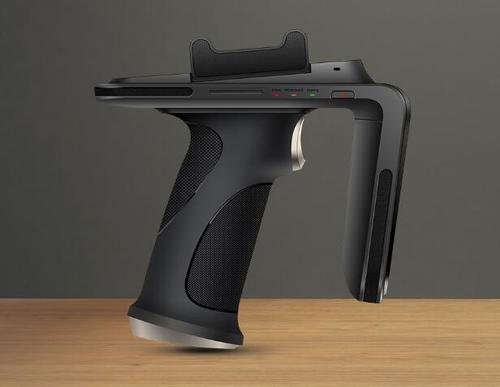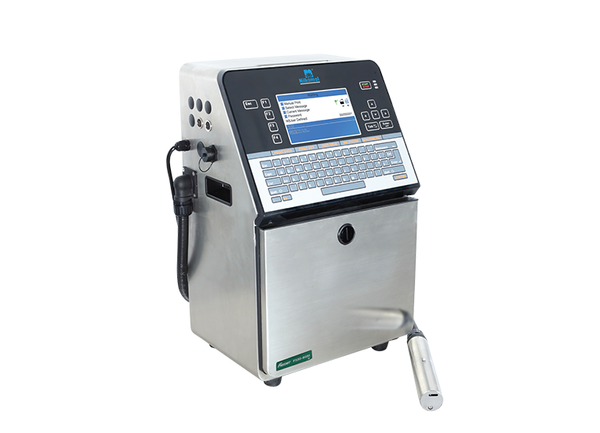“Conveyor System” refers to a mechanized arrangement of components designed to transport goods, materials, or products from one location to another within a facility or between different stages of a production process. These systems utilize various types of conveyor belts, rollers, or chains to move items smoothly and efficiently along predetermined paths, enhancing workflow automation and streamlining manufacturing, distribution, or warehousing operations.
Specifications:
- Types of Conveyors: Includes belt conveyors, roller conveyors, chain conveyors, overhead conveyors, and screw conveyors, each designed for specific applications and requirements.
- Conveyor Belt Material: Constructed from materials such as rubber, plastic, or metal, depending on factors such as load capacity, operating environment, and conveyed material properties.
- Drive Mechanism: Powered by electric motors, pneumatic systems, or hydraulic systems to propel the movement of conveyor belts or other transport elements.
- Conveyor Configuration: Configured in straight, curved, inclined, or declined sections to adapt to facility layout and accommodate material flow requirements.
- Controls and Automation: Equipped with control systems, sensors, and actuators for automated operation, including start/stop controls, speed adjustment, and sorting/diverting functions.
- Safety Features: Incorporates safety measures such as emergency stop buttons, guards, and interlocks to protect operators and prevent accidents during operation.
- Integration with Other Equipment: Compatible with various auxiliary equipment such as loading/unloading stations, sorting systems, and packaging machines to create integrated material handling solutions.
- Maintenance Requirements: Designed for ease of maintenance with features such as accessible components, lubrication points, and diagnostic tools for proactive upkeep and troubleshooting.











Reviews
There are no reviews yet.